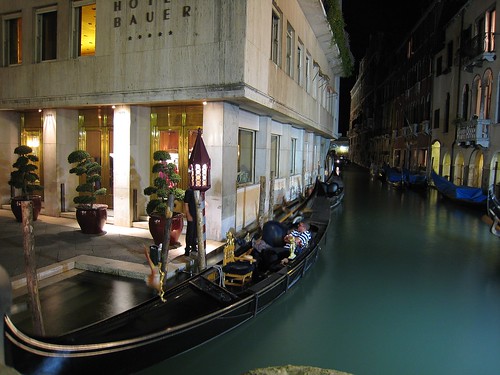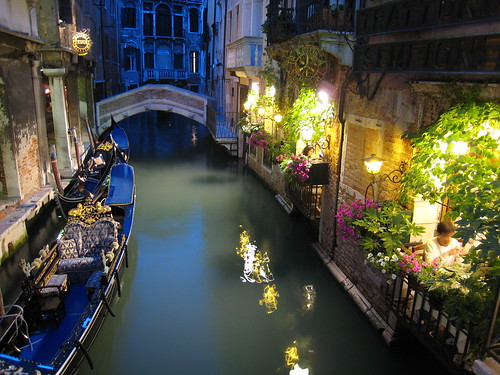What ASA or ISO speed equivelant is 10 mP? 16.7 mp?
These are "orthogonal", they have nothing to do with each other. Digital sensors have variable ASA, you dial one in. As you go to faster "speeds" the signal is amplified, making the sensor more sensitive to light, much like faster film is more sensitive to light. With film, the downside to higher speeds is grain. With digital, the side effect of amplification is increased digital "noise" (a colored "speckle" pattern imposed on the image). So you have a similar trade-off between speed and image quality as you had for film.
Most DSLRs run from 100-1600, some offer 50 and 3200 as well. Note that as a sensor gets smaller, and higher resolution, the pixels get "denser", the photo-sites get smaller, and they become more susceptible to noise. One of the distinguishing characteristics between DSLRs and "point 'n' shoots" is larger sensors, which typically means lower noise, and thus access to higher ISO.
Can you bin them (add the signal from adjacent pixels together) to get a brighter image (at a lower resolution) to improve low light capability?
No. But if crank up the ISO, that increases the noise, and if you then down-sample the image in post-processing (either in-camera or out), that does tend to reduce noise.
Are these pixel counts CMOS detectors or CCDs?
Almost all DSLRs are CMOS, these days.
Are the pixel counts RGB...
Almost all DSLRs have "Bayer" pattern sensors, so a 10MP sensor has 3.3 million red pixels, 3.3 million green, and 3.3 million blue. The camera does Bayer interpolation on this, filling in the "other two" colors for each pixel, producing a 10MP image. So it's not _really_ a 10MP sensor, but this cheat is universally applied.
About the only exception is the Foveon sensor, which has collocated pixel sites, i.e. each pixel measures red, green, and blue in the same place. Note that they perform the same cheat that everybody else does any way, counting each color separately.
supposedly they could have individual exposures for each pixel so bright areas don't saturate and darker areas are exposed properly- do expensive cameras do this now?
With a few exceptions, DSLRs expose the sensor in a manner identical to film, they have a real mechanical shutter.
The Canon DSLRs have a lens mount that's fully compatible with all EF lenses, dating back to the original EOS cameras from the early 80s. But the earlier FD lenses are a no-go.
Most "affordable" DSLRs are either 1.6x (Canon) or 1.5x (Nikon). This "multiplier" indicates that the sensor is smaller than a 35mm frame of film, and thus the field of view afforded by the lens varies by that factor as compared to a film camera. Some higher cost cameras have larger sensors, and thus smaller multipliers, up to "full frame" sensors which are the same size as 35mm film, and thus give identical field of view to a 35mm film camera.
Canon vs Nikon is like Cessna vs Piper. Personally, my religion set is Canon and Cessna, but I fully acknowledge the ability of Nikon and Piper to do the same job. In particular, at the "affordable" end, it's hard to go wrong with either, and the differences are less significant than at the high end.
-harry






